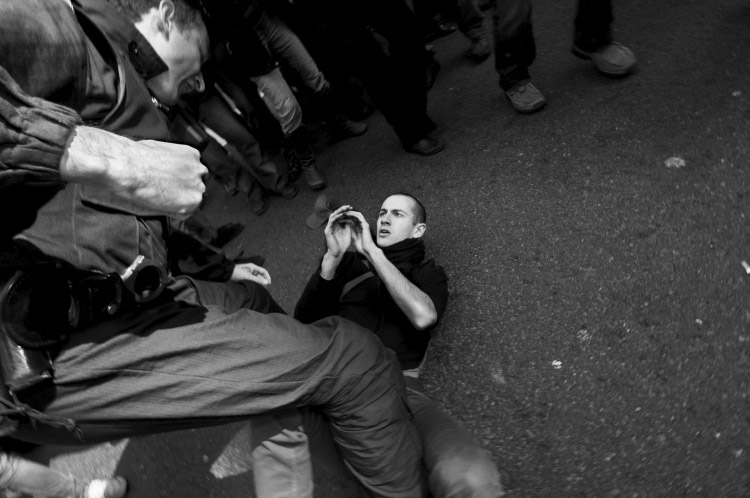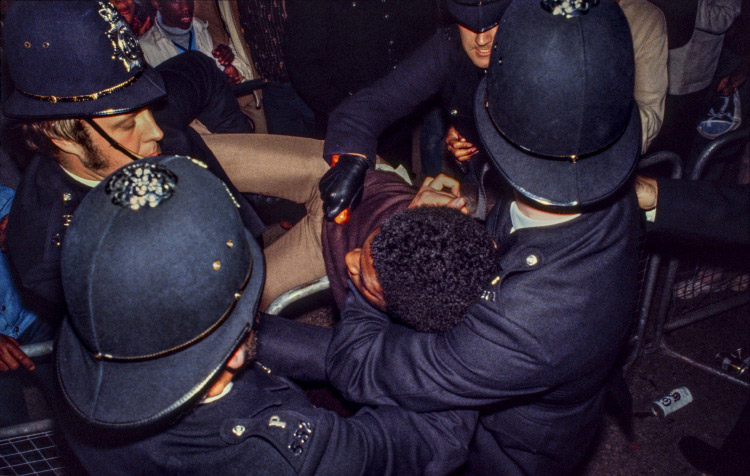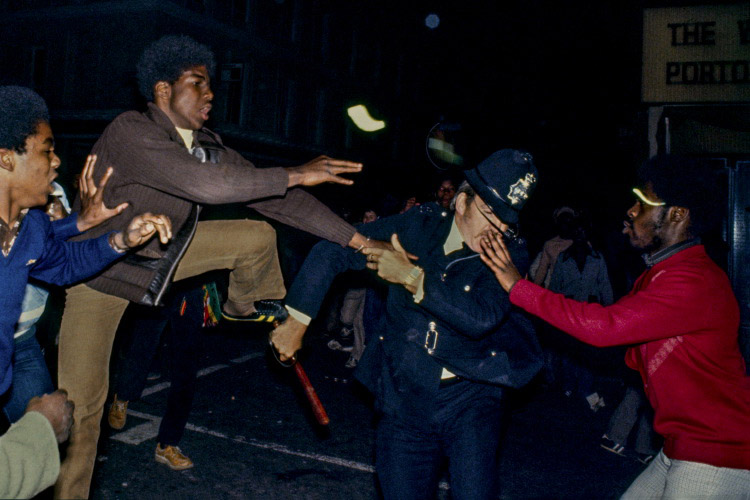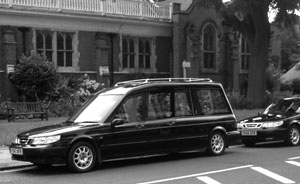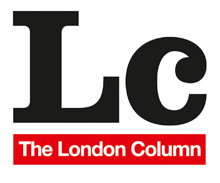Resist.
Posted: July 13, 2018 Filed under: Catastrophes, Conspiracies, Corridors of Power, Events, London scandals | Tags: Brexit fiasco, Brexit the Game Show, Impeach Trump, Joke nation, peaceful protest, Trump blimp 4 Comments
Ah! What a beautiful day for having a cup of tea in your garden, watching the birds scatter in fear at the approach of a convoy of US military aircraft. Fran Isherwood, after the late Ken Dodd.
I’m not sure who is going to be reading this, as I have totally neglected The London Column this year. My lack of attentiveness is down to a combination of factors, but can be roughly summarised as: 70% personal crises; 20% working on a different version of this material; and 10% depression at the state of the subject under discussion.
However …
It is Friday 13th and Donald Trump is in town. This morning’s news headlines make for a bleach-in-the-eyes experience and one struggles to think of historical parallels. How about Suez ? That’s a humiliating episode of Britain’s history that isn’t part of the national myth (a bit of a downer between winning the war and the Beatles) and showed the extent to which we were constrained by American power; but at least Suez showed a U.S. president acting sensibly by reining in Anthony Eden’s anachronistic imperial folly.
No, the current mess has a toxic dynamic all its own. A fragile PM attempting to carry out a pitiful act of national self-harm (trying to limit the damage whilst maintaining the preposterous rhetoric to appease the loons in her own cabinet) is hosting a gleefully destructive, authoritarian president who openly despises her weakness.
Clearly, Trump despises lots of things – including the mayor of London and the multi-culturalism that the city represents. But, proving that a decent joke – or even a puerile one – can reach the parts that sober analysis cannot reach, a giant Trump baby blimp has taken to London’s skies this morning. The fact that people have been worried about how this inflatable cartoon will impact Caesar’s mood is a black joke in itself.
Anyway, there’s a real summer festival mood this weekend, what with the Wimbledon and World Cup finals, the continuing heatwave (due to end soon), The Latitude Festival in Suffolk (where a good friend is performing Brexit – the Game Show) and a host of anti-Trump protests to choose from up and down the country. So let’s enjoy the summer whilst we can; a joyous pleasure cruise to the edge of the abyss. DS.
Oscar Wilde in Bow Street, 1895.
Posted: April 26, 2014 Filed under: Architectural, Artistic London, Bohemian London, Catastrophes, Crime and Punishment, London scandals | Tags: Oscar Wilde on trial, Oscar Wilde's London, Wilde in Bow St Comments Off on Oscar Wilde in Bow Street, 1895.Bow Street police station, WC2. Photo © David Secombe 2010.
Tying in with today’s post on Wilde’s trials on Baroque in Hackney, we reprise this photograph and extract which were originally published in 2010 on Esoteric London.
From The Life of Oscar Wilde by Hesketh Pearson, 1946:
[. . .] at some point between seven and eight o’clock that evening the police called at the Cadogan Hotel and knocked at the door of Room 53.
‘Mr. Wilde I believe?’
‘Yes?’
‘We are police officers and hold a warrant for your arrest.’
‘Oh really?’ He seemed relieved.
‘I must ask you to accompany us to the police station.’
Wilde got up, a little unsteadily, put on his overcoat, took his hat and gloves, and followed them out. They drove in a four wheeler, via Scotland Yard, to Bow Street. Robert Sherard asked Wilde, in view of his superstition on the subject, whether the cab horse that drove him from the Cadogan was white. ‘I was too much interested to notice’, said Wilde, having chatted away on all sorts of topics with the detectives, who thought him a most amiable gentleman. At Bow Street, the charges were read out to him, after which he was taken to a cell, where press reporters were allowed to peer at him through the grille, and where he paced to and fro all night, unable to sleep. Next day he was removed to Holloway Gaol.
Recessional.
Posted: March 10, 2014 Filed under: Catastrophes, Class, Conspiracies, Corridors of Power, Housing, London scandals, London Types | Tags: banking crisis, CB Editions, filthy rich, housing crisis, Jack Robinson, Mayfair squatters Comments Off on Recessional.Jack Robinson:
This is my father driving in the 1940s, before I was born.
He left school at fourteen to work in an iron foundry his own father had helped establish; he eventually became joint managing director. We had a comfortable life without my mother having to work; single-income households were common then. He liked cars: I remember waiting at the front-room window one afternoon, when I was four or five years old, to see him arrive home in a brand-new olive-green Riley. Fifty years on from pressing my face against that window, I know that at no time has my own income been sufficient to raise a family in similar comfort, nor will I ever own a brand-new car; and my children will, if they go to college, be already mired in debt before they even begin to earn their own money.
The ignorance of the experts concerning the financial products they were using our money to buy is hardly new. James Buchan, in the late 1980s: ‘In London and New York I met people who invested fortunes in financial enterprises they simply could not describe or explain. No doubt quite soon, a bank would discover it had lost its capital in those obscure speculations; other banks would fail in sympathy . . .’ The politicians were even more ignorant. It’s as if for years we’ve been going with our tummy-aches to doctors who can’t tell the difference between a blister and a cancerous tumour. No wonder we’re ill.
The derivatives market conjured into existence in the 1990s was a virtual world, enabling speculation not in real assets but in the risk of speculation itself. It is addictive: the rush, the buzz, the winning streak. The opposite of which is the losing nose-dive – lose your job and you’re well on your way to losing your (real) house, marriage, health and dog.
An investment banker, quoted in the Standard: ‘In most cases they know their wives despise them for enslaving their lives to money, and they know that the moment they lose their job their wives will walk and take the kids, and their £3 million home, and divorce them.’ A lonely-hearts ad, placed on a literary website at the time the axe started to chop: ‘Ex-banker, 33 . . . Seeking woman not interested in money, fast cars, champagne, holidays, fleecing innocent hard-working gullible twats, whilst telling them you love them. Bitch.’
The above house in Mayfair, London, was squatted in January 2009 by a group that offered free workshops on welding, yurt-building, bookbinding, song-writing and de-schooling society. Hundreds of buildings are squatted; what made the press interested in this one was the stark disparity between the poshness of the building (alleged to be worth £22.5 million) and the presumed poverty of the squatters.
Bookbinding and yurt-building won’t change the world for the better overnight, but nor will sending out 400,000 repossession orders (Centre for Policy Studies estimate, February 2009) to households that have lost jobs and can’t keep up the mortgage payments.
I had a dream in which I punched the keys to withdraw money from a cash machine and it paid out in cowrie shells, rattling down a metal chute into the canvas bag I’d thoughtfully brought with me. As I walked to the supermarket the shells clacked satisfyingly in the bag by my side – I felt rich, rich. And then I woke up and went to my real bank and there was nothing there for me at all, they’d completely run out of money. Not a bean.
Ou sont les magasins d’antan? As well as the big ones, the small ones too. The place at the end of the road where I used to get my shoes re-heeled – where did that go? The café with over-priced food but a garden at the back where I could smoke? The minicab office in the next street? With the deadpan Somali driver who’d stop the car and get out and look up at the sky: he said he navigated by the stars, and I never knew whether he was taking the piss. Even with no office to return to, I hope that somewhere he’s still driving. There are very few recession-proof businesses; here is one of them.
The intensive factory farming of money makes it prone to many diseases, some of which can be transmitted to humans. There are government regulations concerning the application of biotechnology to the breeding of money, and there are also ways around them.In the last fifty years that part of the human brain dedicated to devising ways of getting money away from others and into your own hands has increased in size by 4 per cent.
He fell down the stairs. He slipped on the ice. He was coming home from work on Friday night when he got mugged – they took his money, his cards, his identity papers. They flung back his wallet, empty except for the photo of his kids – his kids to whom he’ll say, on Saturday morning, that he fell down the stairs, that he slipped on the ice
Behind this door – which is in a yard in the City of London – is the secret meeting place of a group of underground bankers. (There’s no external handle; you have to whisper the password through the grille on the right.) This group is deeply suspect: they buy books and music, not yachts and ski chalets, and their vocabulary extends beyond that of company reports. They are regarded by the rest of the banking world as heretics – because the whole point of being a banker is to speak in clichés, to have a single-track mind, to buy only the most predictable goods: that way they remain anonymous, almost invisible, and are left alone to get on with their thing.
God is dead (so can’t bail us out). Or couldn’t afford the heating bills for a place this big, or had had it up to here with the regular early-hours racket outside the lap-dancing club at the end of the street. Whatever the reason, he’s gone. But he left no forwarding address, so the mail just keeps piling up inside the door.
A selection from Recessional by Jack Robinson, published by CB Editions. © Jack Robinson 2009.


